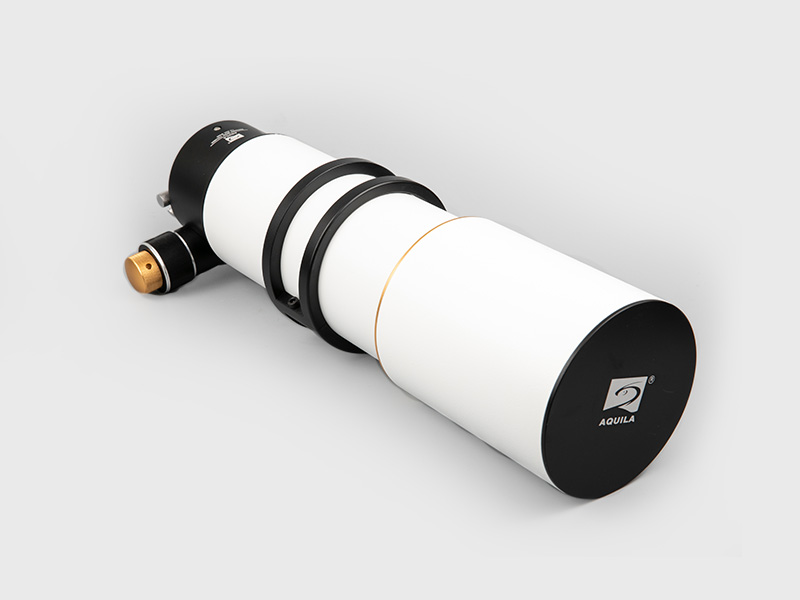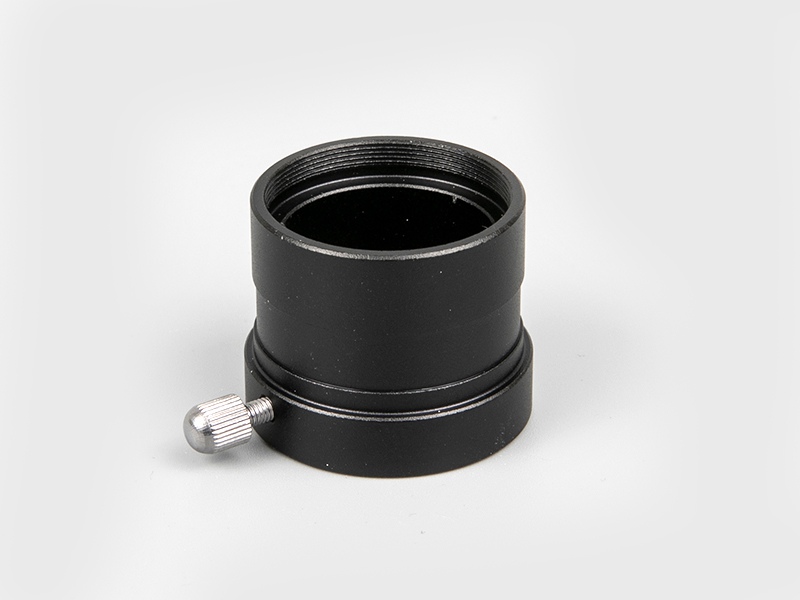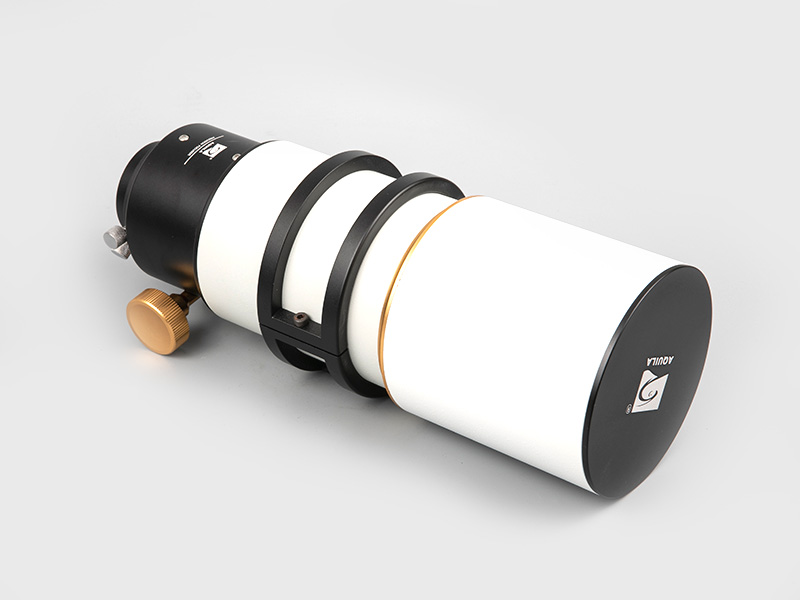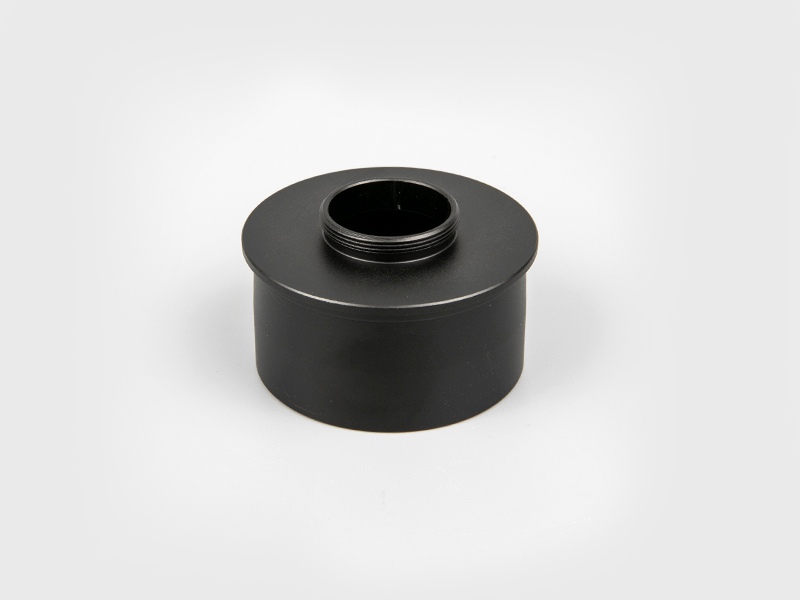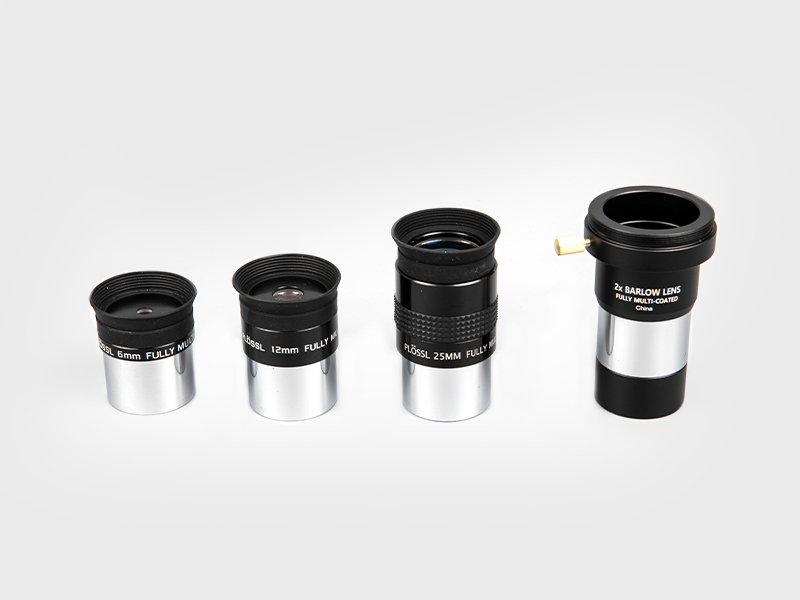General astronomical telescopes are classified according to their structure, which can be divided into three categories: refracting telescopes, reflecting telescopes and catadioptric telescopes.
The so-called refracting telescope is a telescope with a lens that condenses the light from a distant object and presents a real image as the objective lens. It will refract the light from a distance to the focal point. The advantage of a refracting telescope is that it is convenient to use, and it will not look at the slight maintenance. It’s not clear. Because the inside of the lens barrel is sealed by the objective lens and the eyepiece, the air will not flow, so it is relatively stable. In addition, the image deterioration caused by the misalignment of the optical axis is better than that of the reflecting telescope, and the lenses with small apertures are all Spherical surface, so it can be produced in large quantities by mechanical grinding, so the price is cheaper.
Galileo telescope
The first telescope of mankind uses a concave lens as the eyepiece. The image seen through the telescope is the same as the one seen directly with the eyes. It is very convenient to observe the surface of the earth but cannot expand the field of view. At present, this type of design is no longer used in astronomical observations. .
Kepler telescope
Convex lens is used as eyepiece. All refracting telescopes today are of this type. The imaging is upside down, left and right, but this has no effect on our celestial observation, because the eyepiece is a convex lens, which can put two or more lenses together into a group. Expand the field of view, and can improve aberrations and eliminate chromatic aberrations.
The small astronomical telescopes generally sold on the market are mostly refracting telescopes.
Reflecting telescope
The reflecting telescope made by Newton The reflecting telescope made by Newton
The reflecting telescope uses a metal (usually aluminum) concave glass to focus. Because the focus is in front of the mirror, another mirror must be used to reflect the image out of the barrel before the focus of the objective lens, and then use the eyepiece to zoom in.
Reflecting telescopes have no chromatic aberration (no chromatic aberration because they don't use glass), but there are other kinds of aberrations. If the reflective concave surface is ground into a parabolic shape, the spherical aberration can be eliminated, but it is severely affected by the coma aberration, so the edge part still feels loose.
At present, the general small and medium-sized reflecting telescopes have the following two types:
Newtonian
A flat or diagonal 45-degree with the optical axis is used as a secondary mirror to reflect the image to the front side of the lens barrel. This kind of structure is the simplest, the image contrast is high, and the most people choose it. Usually the focal ratio is between f4 and f8.
Cassegrain or Cassegrain for short
A Convex hyperboloid is used as a secondary mirror to gather light before the focal point of the primary mirror, pass through a circular hole in the primary mirror and focus behind the primary mirror. Because of one reflection, the lens barrel can be shortened, but the field of view is narrower, the astigmatism is more serious than the Newtonian, and there is a little Curvature of field.
Since only one optical surface is polished for a reflective telescope, it is cheaper than a refractor for the same caliber. For ordinary astronomy enthusiasts, there are quite a few with 150mm and 200mm calibers, and reflecting telescopes can be made by themselves at the same time.
Catadioptric telescope
Reflecting telescopes are mainly used for astrophysics work.
Catadioptric telescope
The objective lens of a catadioptric telescope is a combination of a refractor and a reflector. The primary mirror is a spherical mirror, and the secondary mirror is a lens to correct the aberration of the primary mirror. This type of telescope has a large field of view and strong light power, and is suitable for observing meteors, comets, and surveying the sky to find new celestial bodies. According to the shape of the secondary mirror, the catadioptric mirror can be divided into Schmidt structure and Maksutov structure. The former has a large field of view and small aberrations; the latter is easy to manufacture.

 English
English 日本語
日本語 Deutsche
Deutsche España
España
